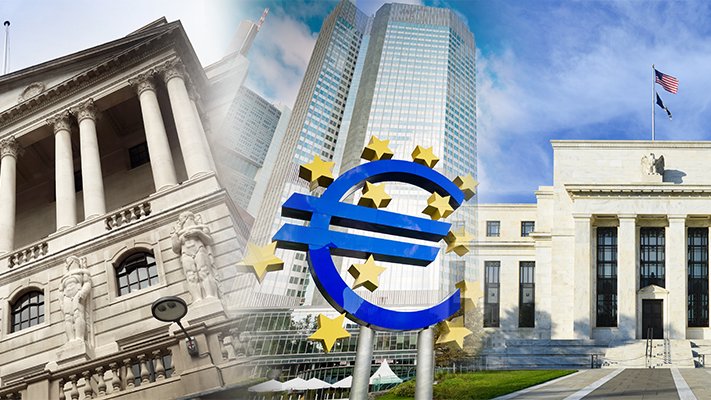How Do Central Banks Combat Inflation? Published on Mar 13, 2022

Inflation is one of the terms that constantly grabs the attention of nearly everyone, anywhere in the world. Who wouldn’t be concerned about the possibility of losing money value or the fact that prices may be rising?
Considering the major significance of inflation, it was of paramount importance to entrust it to the most experienced and powerful authoritative monetary bodies, central banks. Contrary to widespread belief, inflation is not a phenomenon that is out of governments' and central banks’ control. Up until the 1980s, some of the most severe periods of hyperinflations and recessions around the world were direct results of central banks’ relaxed monetary policies regarding money printing and low-interest rates. Since then, central banks learned to develop better and more efficient tools to elevate the economy without putting it at risk of inflation, while taking precautionary and active actions to combat it once it is inevitable.
What most central banks do today is follow what is known as “inflation targeting”, which refers to their formal commitment to a previously determined healthy and desirable inflation rate based on measurements of the current inflation and projected future economic conditions that will likely have an effect on it.
This comes in part of a monetary policy that central banks usually use to maximize employment, moderate short-term and long-term interest rates, and stabilize prices. The latter is what most central banks resort to when controlling inflation. This is done by applying monetary tools with the aim of controlling and restricting money fluctuation within the economy. Some of the most widely implemented tools are the following financial instruments:
- Interest rate: Increasing interest rates make it more expensive to borrow money that will reduce investment, consumption, demand, and production, thus slowing down flaring inflation. Decreasing interest rates on the other hand make it easier to borrow and lend money.
- Open market operations: Refer to central banks purchasing and selling government bonds and other securities to the public. This helps control the money supply and interest rates. Selling securities reduces money in circulation, therefore increasing interest rates, whereas buying securities increases money in circulation, making it cheaper to borrow.
- Reserve requirements: Relate to the amount of cash at hand that banks are legally required to keep to back their deposit holdings from the public. With central banks raising reserve requirements, banks feel the need to restrict their loans, restraining growth and decreasing the amount of money in the economy, and vice versa.
